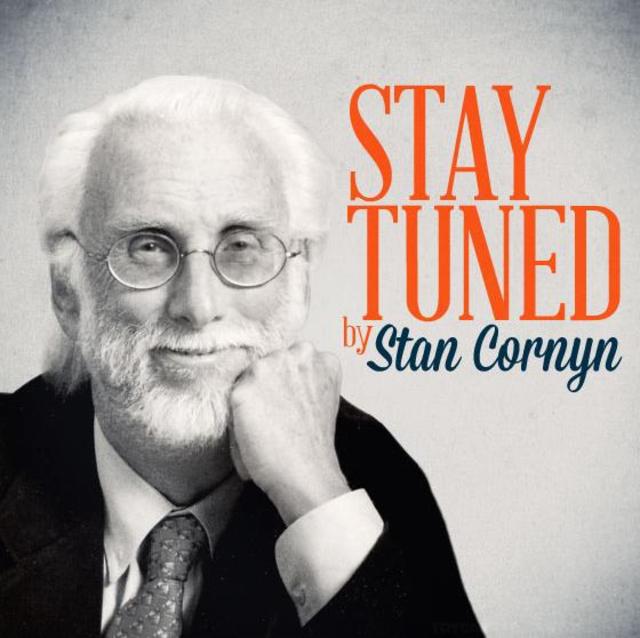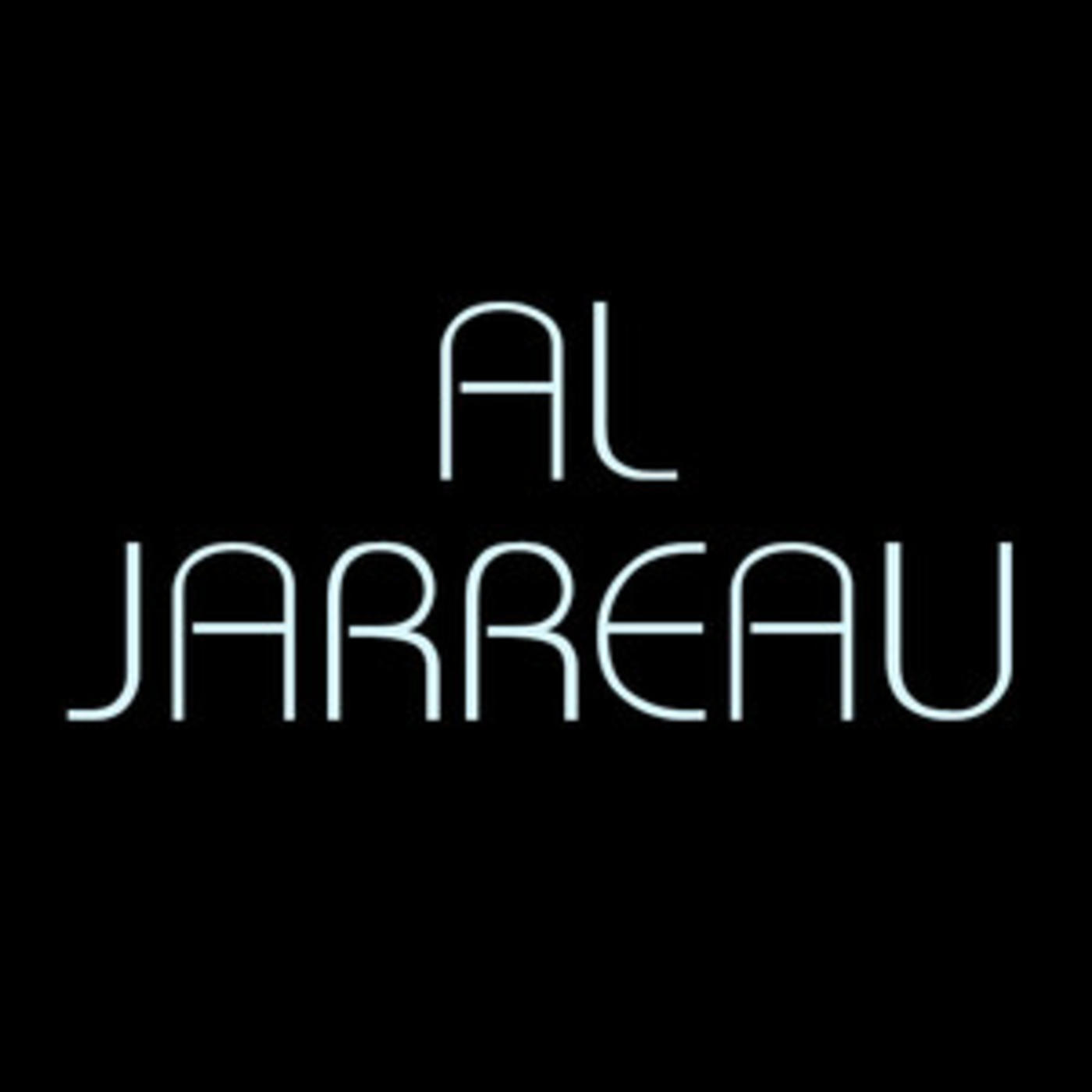Stay Tuned By Stan Cornyn: The Best Voice

Every Tuesday and Thursday, former Warner Bros. Records executive and industry insider Stan Cornyn ruminates on the past, present, and future of the music business.
1981
He was and is something other than a singer, although he’d sung for decades before his arrival in Burbank.
“My music is the story of my life,” he told us. “It’s what I am.” His musical background began with singing at age four in his father’s Seventh Day Adventist church choir in Milwaukee. College, then at U of Iowa a Masters degree “Vocational Rehab” [he’d practice rehabbing his vocation throughout his singing career].
But Al preferred singing. Even if it meant little money in littler clubs. He did that for seven years until he was spotted by Warner Bros. Records. The Warner label was unaccustomed to jazz. But in Al Jarreau, they heard unprecedented and mighty skill in one man’s voice.
To his new label, Al felt the need to explain why he’s not Perry Como or James Taylor:
“Not every song is an experience I’ve gone through directly, but in a sense I have. I may write about something metaphorically, but it describes some feelings I’ve had, some concerns, some things I’d like to see happen. I want to say to people that the good life far outweighs the bad, and if they don’t know that now, they’d better hurry up and find it out.
“I sing the way it feels best.”
Within the recording staff at WBR, no one had heard the like of this man’s skills and appeals.
Al Jarreau had come to Warner Bros./Reprise with no albums in his suitcase. He was 35, not a teen from some band. “I was singing two nights a week in a small café in North Hollywood. In a relatively short amount of time, amazing things happened.”
During the next two decades, Al Jarreau would release albums about once a year, each time hoping his voice would reach a bigger audience. It took a while.
His Warner Bros. Records
1975: We Got By
Within WBR, this grown man amazed many of us. We’d not heard a voice like his. Ever.
Your turn:
An album needed to be made.
The songs on We Got By were all “by Al Jarreau,” although he protested about that: “It took me 15 years (of performing) before I started to write my own material.” And “It really helps to bridge the gap with an audience that’s never heard of me.”
For Warner Bros. Records, Al Jarreau became more popular overseas, in German especially.
We Got By got Jarreau a German Grammy Award, but no recognition from America’s Grammy world.
But next, an album where he can be a pure “interpreter” of other writers’ songs.
1975: Glow
Al Jarreau completed one of his frequent European tours after last year’s We Got By album. Reports came back that although sales were ho-hum, Jarreau had audiences clapping in unison, up out of their seats in approval, and the pens of critics at those shows had run dry in acclaiming. Some of that hype must have been true. He even got his secord German Grammy. (A big album from this tour is described in “1977” below.)
But now, 1976, it’s different. Al and a crowd of professionals are jammed down in Capitol Records’ Studio A. Producers Al Schmitt and Tommy LiPuma, who produced that first set, rolling the tape. The chosen songs for Glow are diverse as Al’s musical interests: jazz, gospel, funk, samba … Illinois Jacquet, John Hendricks, the Beatles, Stevie Wonder. James Taylor’s “Fire and Rain”; Elton John’s “Your Song”; Dave Brubeck’s “Take Five.” (R&B #91.)
Al Jarreau’s “Take Five”:
Songs like those? Jarreau is not aiming at any teen crowd, even though he does accept a shrieking audience.
Trade people find his skills stunning. They talk about him being a “human orchestra.” The album’s title? Jarreau answers, “There’s a lamp for wandering and wanderers have got to look for it. It’s there.”
Sales: it goes to #91 on the R&B chart.
Maybe we should do a live album?
1977: Look to the Rainbow (Live in Europe)
Back from his fourth European tour in under 12 months, this compilation was recorded in nine European bergs (cities) during a 19-day excursion. Enough for this to come out as a double album, with its title from Finian’s Rainbow.
“It was a gamble deciding to record my third album ‘live,’ but invariably, I feel I give a better performance in front of an audience. The catalyst in a concert hall is the energy an audience contributes. It’s like they’re another instrument playing along with us.”
Jarreau and company prefer songs more like novels than like cartoons. It comes out a double album, even with only a dozen songs. Room to improvise.
Al’s instrument: his skill at improv. Side One opens with Jarreau being intro’d to the audience in Berlin, and Jarreau warms up by improvising on the word “Berlin.”
His new song, the sensitive “One Good Turn,” features delicate interplay between piano and vibes before building gracefully to a rousing climax.
Experience “One Good Turn “ here:
This album three brought a bit of sales, too: His version of Leon Russell’s “Rainbow in Your Eyes” went to #92 on the R&B chart.
Listen to "Rainbow In Your Eyes" here:
* * * * *
1978: All Fly Home
“Vocal acrobatics” had become the J-word (for “Jazz”) around Al Jarreau by now, and this album and Al’s “punk” band got filled with jazz performances, Jarreau wrapping his voice around different tunes, many of them his writing.
But not all, because the credits include tunes by Kenny Loggins (“Wait a Little While”), Otis Redding’s “Dock of the Bay,” and even the Beatles’ “She’s Leaving Home.”
Jarreau’s own tune, “Fly,” became the peak performance here, as he flies through a rhythm base from Brazil.
Hear “Fly”:
Jazz all this clearly is, although Al Jarreau has climbed above the usual “improv” vocals from jazz into a new world. All Fly Home got up to #2 on the Jazz Albums chart (while only to #27 on the R&B chart; and #78 on the Hot 200).
As for singles, “Thinkin About It Too” was the biggest attraction, but only to #55 on the R&B chart.
Within Warners, there was great pride of patronage for Al Jarreau, of his jazz and R&B skills. Still, off to one side, comments were made, quietly, that “a best-seller wouldn’t hurt.”
1980: This Time
Al Jarreau was catching on in public by now, and Warners followed his urge to be more R&B-oriented. It worked, and onto the R&B charts came three of This Time’s nine tunes: “Distracted” (#61), “Gimme What You Got” (#63), and best of all “Never Givin’ Up” (#26). All songs written by Jarreau, often with co-author Tom Canning, who frequently shared Al’s pen.
Another supporter for Al during this era became L.A. musical-everything Joe Graydon, who produced this album, then produced the up-coming Breakin’ Away and Jarreau.
My point being that Al and his WBR co-artist George Benson were part of an elite clique of artists (writers, arrangers, engineers) who often rose above average pop, and for us made musical magic.
Breaking Out, Big Time
1981: Breakin’ Away
By now, and Al’s in his 40s, he’s become the center of a new kind of pop, which got called “L.A. Pop.” Pop with an R&B component, and to WBR, this sounded like one we’d run with.
Breakin’ Away did just that. In the album lay Al Jarreau’s biggest ever hit, “We’re in This Love Together” (Pop up to #15). It led Jarreau to the U.S. Grammy Awards, where he got his golden horn for Best Pop Vocal Performance. (His “Blue Rondo a la Turk” got a Grammy for Best Jazz Vocal.) And Breakin’ Away was nominated for Album of the Year.
Watch the official video for Al Jarreau's "We're in The Love Together":
Al Jarreau became the only vocalist in history to get Grammy awards in three categories (jazz, pop, and R&B).
Breakin’ Away felt like pop pleasure, as Jarreau knocked off tune upon tune, hit upon hit. As one of us said, “He got to exercise his chops.” Combining elegance and funk in “Roof Garden.” Combining scats and whimsy in “Blue Rondo.”
It was only later that we found out his birth name: Alwin Lopez Jarreau.
The Career and Voice Keep Sizzling
Two more albums, and then it’ll be time for a break (‘though Al usually comes back to Warner/Reprise):
Al Jarreau turned out to be not just one kind of singer. In him there turned out to be a variety of proformers. He sang the theme song for the TV show Moonlighting (#23 on Billboard’s Hot 100). Acted on Broadway in Grease (his character was named Teen Angel).
His label, for the years to come and even now, lives in Burbank. Al has the address and phone number.
-- Stay Tuned

